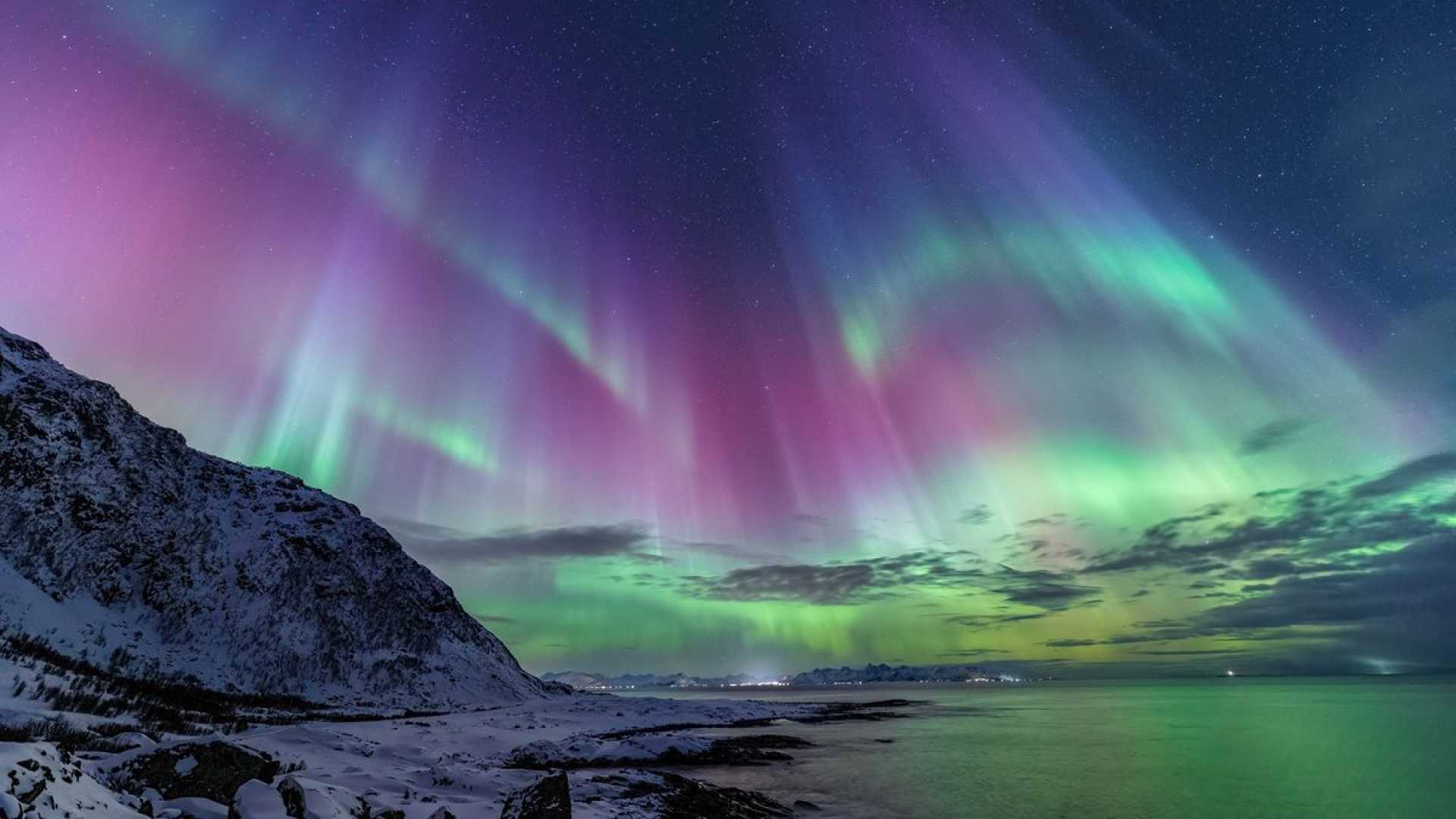News
Northern Lights May Dazzle Viewers Tonight Across 11 U.S. States

WASHINGTON, D.C. — Skywatchers across the northern United States may witness a spectacular display of the northern lights tonight (Oct. 1) due to ongoing geomagnetic storm conditions, according to the National Oceanic and Atmospheric Administration‘s (NOAA) Space Weather Prediction Center.
NOAA forecasts that the enhanced solar activity, driven by a high-speed solar wind stream at speeds of 700 to 800 kilometers per second, will cause geomagnetic storms to extend across a broad swath of states, making auroras visible as far south as Idaho and Michigan.
The geomagnetic storm activity is expected to peak between 5 p.m. and 8 p.m. EDT (2100 to 0000 UTC), with the Kp index likely reaching levels of 5.67. This index indicates the strength of geomagnetic activity, with higher values signaling stronger displays of the aurora borealis.
“Even if you’re in the viewing area, you’ll need clear skies and minimal light pollution for the best chance to see the aurora,” said a NOAA spokesperson. “We suggest looking northward for the best views.”
The states identified as having the greatest chance of aurora visibility include Alaska, Oregon, Idaho, Montana, North Dakota, Minnesota, and Wisconsin. If G2 storm levels are achieved, even more southern locations, including parts of Michigan and New York, may be able to catch a glimpse of the colorful atmospheric display.
To improve chances of seeing the aurora, experts recommend downloading apps like “My Aurora Forecast & Alerts” or “Space Weather Live,” which provide real-time updates based on location.
The ongoing geomagnetic storm is the result of a fast solar wind from a coronal hole, an area on the Sun where the magnetic field is open and allows for high-speed particles to escape. These storms can disrupt not only the beauty of the aurora but also affect radio communications and power grids.
If viewing conditions permit, skywatchers across northern Scotland and New Zealand’s South Island might also see the auroras as the effects of this solar event ripple around the globe.












